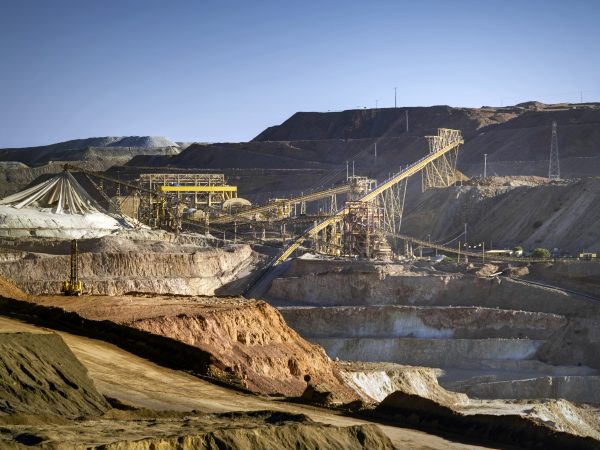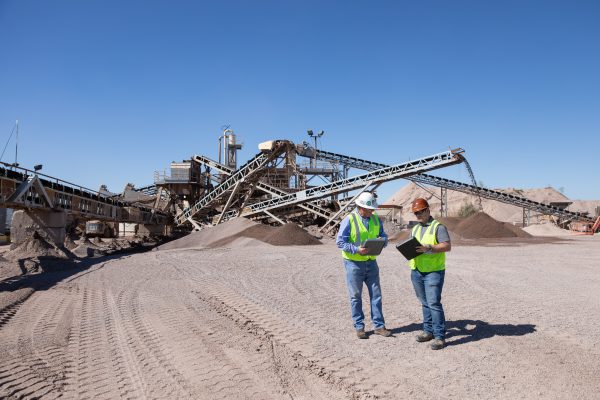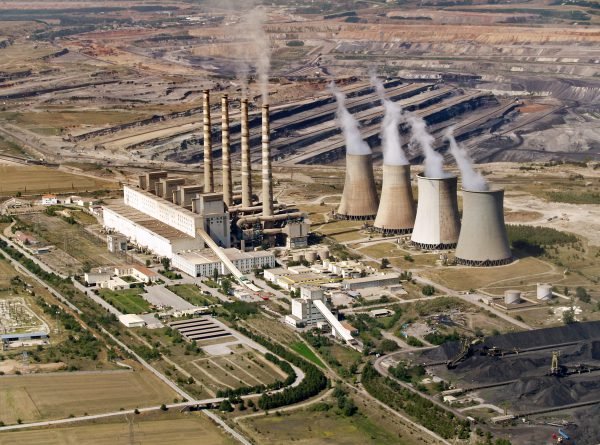Like most industries, the mining industry has been impacted by the COVID-19 outbreak. Below, I provide a snapshot of the impacts on the industry’s three primary fields (hard rock, aggregates, and coal).

Hard Rock Mining
Just like every other industry, a clear line has been drawn in the metals and mining industry: there was pre-COVID-19, and now we’re looking on how to navigate issues under this “new normal.” The virus has created a host of new questions ranging from the future of mine sites, to transportation restrictions, to key material supply chain shortages. Before things can get back up to speed, however, companies must make strategic choices to build their cost resilience, prepare for the recovery, and rethink their operating models. Many expect to see the emergence of a more robust, quantitative workforce-planning approach better equipped to manage the increasing complexity and market volatility. Two schools of thought to move forward during these times are the following likely to result:
- Take greater control over the value chain — some will move to insource functions currently performed by contractors.
- Reduce fixed labor cost base — other companies will decide to rely more heavily on casual or contract workers.
The Ernst & Young study “The Future of Work: the Changing Skills Landscape for Miners” revealed that technology would enhance or redesign 77% of the sector’s roles by 2030. One would expect this trend to accelerate in a post-pandemic world, driven by a renewed focus on digital capabilities, including robotics and data literacy.
In addition, global investors and corporations are divided in their perception of sources of future environmental, social, and governance (ESG) risks, according to a recent 2020 metals and mining joint survey conducted by the CRU Group and Fitch Ratings. Corporations point to carbon and air emissions, hazardous waste management, and water pollutants as key emerging risks, while investors identify concerns regarding water scarcity, labor relations, and human health risks as those most likely to increase or substantially increase in the next five years.

Aggregate Mining
The National Stone, Sand & Gravel Association (NSSGA) has commended the U.S. House Transportation & Infrastructure Committee for introducing an infrastructure bill that includes the ROCKS Act that has been elevated this session as a way to stimulate the economic downturn during COVID-19. The ROCKS Act establishes a working group of federal, state, and local stakeholders to examine the use of aggregates and to create a federal policy to ensure continued access to this essential building resource. “The time to act is now,” says the association. Stone, sand, and gravel are essential raw materials found in every road, bridge, transit, and public works project. The NSSGA says that it will “continue working with leaders on both sides of the aisle to realize meaningful infrastructure investment,” which is especially needed with expiration of the FAST Act quickly approaching on September 30. The industry as a whole is looking for modest growth this year; growth in the several construction projects across developed and developing regions are projected to drive the market growth of construction aggregate (bridges, aviation, power/energy, railroad, water, road, and waste infrastructure projects). A significant rise in the housing recovery coupled with the increasing adoption of advanced and durable construction projects are further expected to augment the market growth of construction aggregate over the coming months.

Coal Mining
Over 6,000 coal mining jobs were lost in March and April 2020. Moody’s Investor Service report of April 13 (login necessary; an accessible summary of the news is covered by S&P Global here) noted 2020 will be “a very challenging year for the coal industry,” as it is one of the industries most heavily affected by the coronavirus pandemic and reduced demand. Electricity generation by coal is expected to fall by 20% in 2020, with production expected to decline by 22% as demand and exports have significantly declined, per Moody’s reports. A recent June 2020 US Energy Information Administration monthly report projects more electricity will be produced in 2020 by renewable energy than coal for the first time ever.
Like all miners, metallurgical coal producers face mounting pressure as the global community continues to focus ever more intensely on the industry. The situation in Q4 2020 will likely repeat 2019 as buyers will drive pricing necessary to incentivize trades on potentially riskier transactions. Expect import restrictions to suppress international spot pricing especially as the year comes to an end. For metallurgical coal, a decline in construction activity and automotive production in 2020 may significantly impact demand for steel. Looking ahead, as activity picks up once the crisis has abated, the April 9, 2020, GlobalData Energy report stated that “demand growth will strengthen and consumption of coking coal is forecasted to reach 1,093Mt by 2023, a 1.2% compound annual growth rate.”
Related blog posts
- New Source Review “Begin Actual Construction” Gets an Overhaul (May 22, 2020)
- The New Navigable Waters Protection Rule: The 5 Things You Need to Know (April 21, 2020)
- U.S. EPA Finalizes Changes to the Risk Management Program Reconsideration Rule (March 23, 2020)
- National Defense Authorization Act Adds 160 PFAS to the Toxics Release Inventory (February 14, 2020)
- Federal Judge Rules Northern Long-eared Bat’s Threatened Listing Does Not Adequately Protect Species (February 6, 2020)
- OSHA and MSHA Publish RFIs Regarding Silica (September 18, 2019)
- An Air Quality Perspective on the Nation’s Largest Mining Conference (March 6, 2019)
Post a Comment